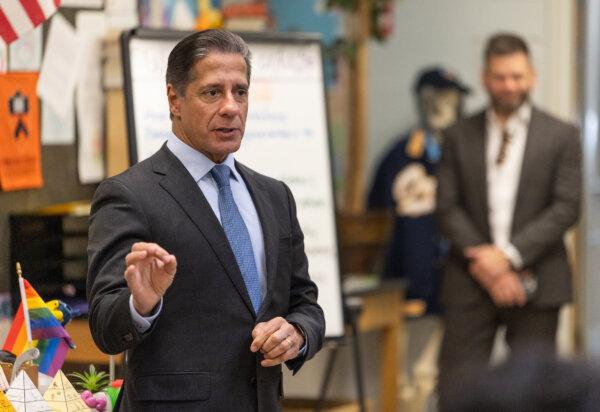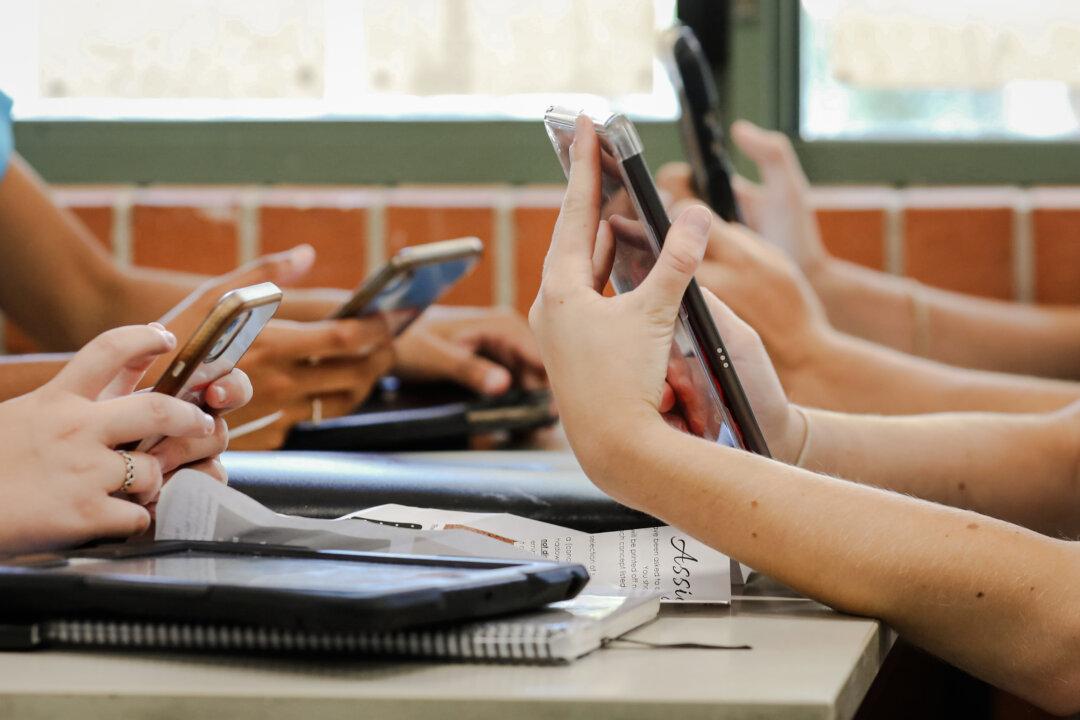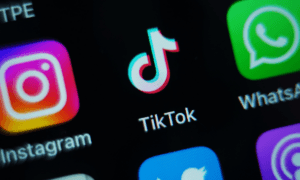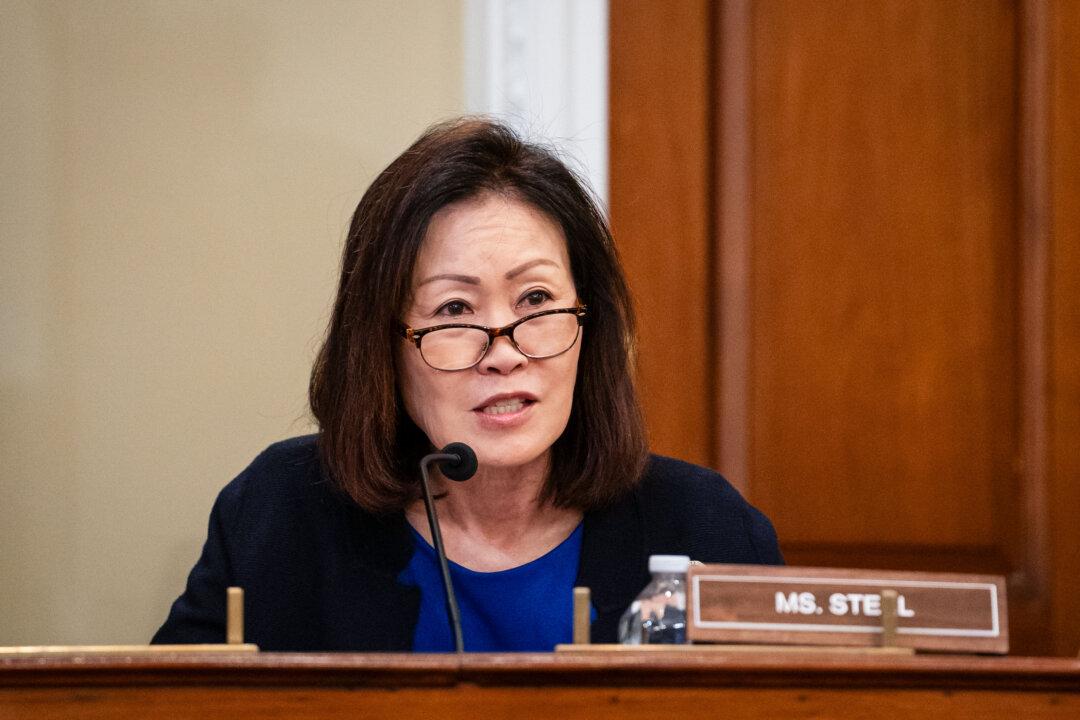Students in the second-largest school district in the United States are about to lose their cellphones during school hours.
The school district’s board of education on June 18 approved the ban, which was introduced in response to growing concerns about the negative impact of social media on children’s mental health, including increased depression and anxiety, decreased attention spans, and technology addiction.
“Our students are glued to their cellphones,” Los Angeles Unified School District board member Nick Melvoin said during the meeting. “Not unlike adults, they’re surreptitiously scrolling in school in class time. ... They’re not talking to each other or playing at lunch or recess because they have their AirPods in.”
The resolution passed in a 5–2 vote. The ban will take effect in January 2025 after the board finalizes the details.
Mr. Melvoin, who sponsored the proposal along with President Jackie Goldberg and member Tanya Ortiz Franklin, said medical research has shown social media’s harmful impact on students, both mentally and physically.
He added that while there is an existing policy that prohibits the use of cellphones during instruction time, the resolution will serve as a preventive measure, sparing teachers the burden of enforcement.
He suggested that schools could implement the ban with measures such as installing cellphone lockers or distributing pouches.
Additionally, Mr. Melvoin addressed concerns from parents about potentially not being able to reach their children during emergencies such as lockdowns. He said that allowing adults to manage communication would ensure clearer and more accurate information being sent out.
Ms. Goldberg said she’s worried that the overuse of cellphones has affected teenagers’ face-to-face communication.
She described a recent visit to a high school where she observed students at a lunch table communicating with each other via their phones rather than talking.
“This is an addiction that is serious, and it is embracing children,” Ms. Goldberg said. “The way you stop addiction is to at least say that from the time you arrive at school until the time you leave school, there'll be no cellphone, period.”

Several teachers and parents also voiced their support.
“In school settings already grappling with post-pandemic learning loss, cellphones add to the problem. ... In today’s classroom, students are shopping, gaming, gambling, and watching movies,” Kara Anderson, a parenting and teen development writer and podcaster, said during the meeting.
Neel Thakkar, a high school senior in the district, said students also felt the negative impact of cellphones.
Cellphones are “a huge part of a high schooler’s life,” he said. “And it is really recognized that cellphones are a disease that has plagued [students’] life. It’s a distraction from the learning materials that we need that are vital to us having a successful future.”
However, he acknowledged that there might be pushback from students. He suggested that board officials should allow students to voice their concerns and engage in mutual communication.

Board members George McKenna and Scott Schmerelson voted no on the resolution.
Mr. McKenna, a former educator, expressed concerns that implementing the policy would be challenging for both teachers and students, noting that a complete ban allowed no room for discussion.
Mr. Schmerelson said it is important to distinguish between instructional and noninstructional time, suggesting that students should be allowed to use cellphones during certain periods, such as lunch.
Superintendent Alberto Carvalho voiced his support for the ban prior to the vote, saying he favors “a bold step” to address the impact that cellphones and social media have on youth.
“The overuse of social media ... has been documented as creating a mental health crisis particularly victimizing young people because, by design, they were created following powerful algorithms that use predatory language and images to capture the attention of young people and get them addicted,” Mr. Carvalho said.







